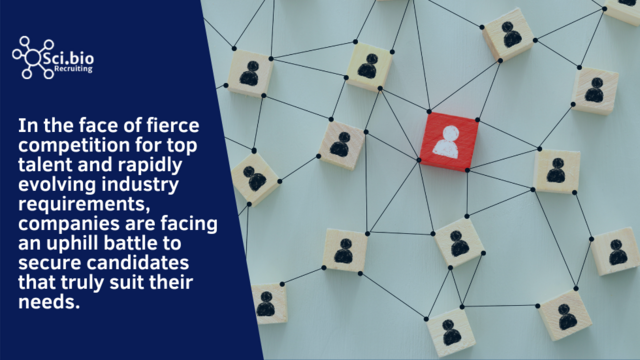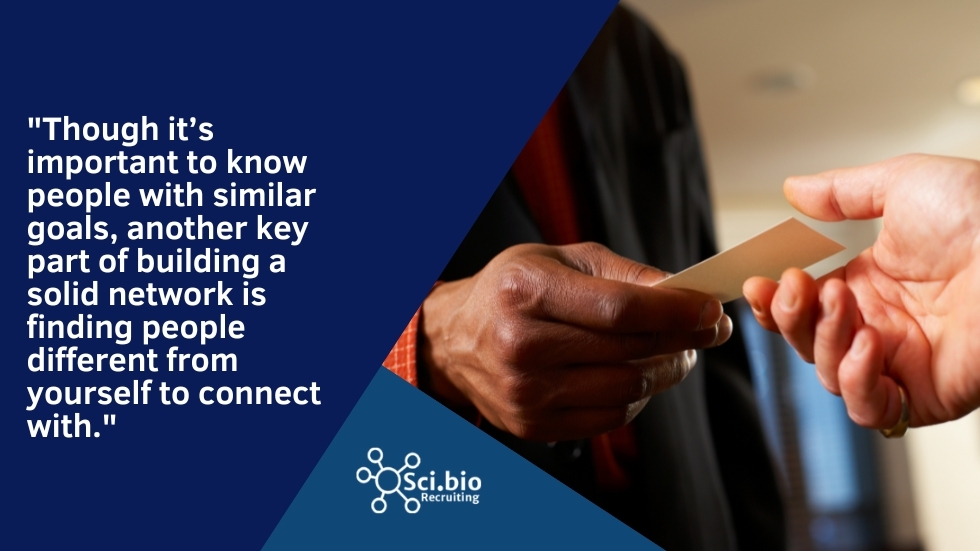Authors: Sahana Nazeer and Lauren Perna
In the first three parts of this series we talked about the importance of culture, how to institute it, and how to brand it. The next step in this journey is to believe it and live it. In other words, the employee experience. This is a critical part of the journey because if the culture fades as a company grows, retention will suffer when the need is the greatest, i.e. preparing to go public, beginning clinical trials, going commercial.
An important part of the employee experience is onboarding. When an employee feels welcome during their first few days, they will feel good about their new employer. But it shouldn’t end there—proper training is also critical. An employee that feels as if they’ve been thrown into the fire is bound to become frustrated and resentful, leading to a quick turnover. Companies will save time and money in the long run if they provide ample support in the beginning. But the support shouldn’t end once an employee is fully trained. Regular check-in’s and feedback will help both the employee and the manager be effective.

Camaraderie and collaboration are also central to the employee experience. We explained earlier in this series that collaboration is one of nine key values on the Culture 500, MIT’s index for corporate culture. MIT has proven that the most successful companies make sure that everyone feels part of the team. Not every company needs to be a big, happy family but every company does need to be as inclusive as possible. For some companies this means regular Thirsty Thursdays and group 5Ks, but for others it might simply be company lunches and scheduled team meetings. No one likes to feel left out, and this is certainly true at work, where people spend as much as 50% of their total waking hours during any given working day.
We work with a lot of growing biotech companies, and another factor in the employee experience is senior leadership. In the first part of this series we said that senior leadership can make or break a good culture, and we see this firsthand. Senior leaders that are engaged and interested in their staff will see better retention rates than those that are disconnected and unavailable.
Sci.bio recruiting associate Allison Ellsworth looks back fondly on her time at Moderna because “everyone knew the origin story of the company since the founders were happy to share it.” She explains that factor really made working there a special experience and helped to build camaraderie and loyalty even among later hires.
Companies will also benefit from looping in the patient community. That could be participating in a fundraiser for a relevant disease foundation, encouraging employees to attend patient forums, or simply having a patient advocate come in to share their story. Life science employees work long, hard hours and risk getting burned out quickly. But if they feel connected to the mission and the vision, they will likely stick around.
The last part of this series focuses on the candidate experience because none of the previous information will matter if you don’t treat your candidates right.








